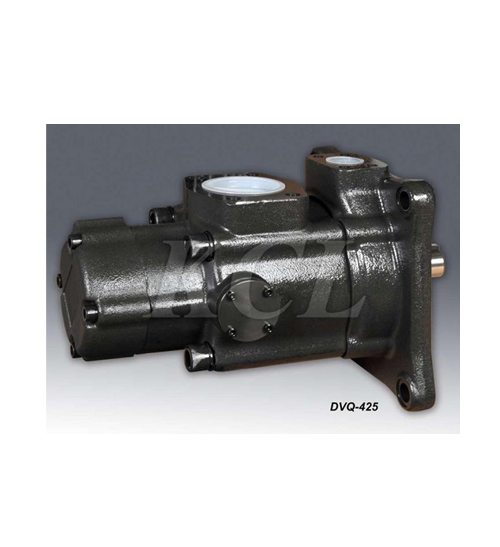
The functional components of the hydraulic pump station are mainly composed of five parts: pump equipment, valve group, manifold group, oil tank and electric box. Each functional component "plays its own role". The main functions are as follows:
The pump is composed of motor and oil pump. It is the power source of hydraulic pressure and the "heart". It has the function of converting mechanical energy into cylinder power to lift goods.
The combination valve is a flat valve installed on the vertical plate, whose effect is to regulate the direction, pressure and flow of hydraulic oil.
The manifold block consists of a hydraulic valve and a passage body. Its function is the same as that of the combination valve, regulating the direction, pressure and flow of hydraulic oil.
The oil tank is a semi enclosed oil tank welded by steel plates, and also equipped with oil filter and air filter, which is mainly used for storing hydraulic oil, cooling and filtering oil.
The motor box is divided into two types, one is the terminal block with external leads; Other equipment is equipped with a full set of control appliances, which is easy to use.
Each function component can be subdivided into each function and component. Their functions and functions are detailed and their division of labor is different.

1. Motor and gear pump provide driving power for the whole hydraulic system and are power sources.
2. The electromagnetic reversing valve in the components of the hydraulic pump station always changes the moving direction of the oil cylinder through controlling the flow of hydraulic oil.
3. The electromagnetic safety valve is the safety department of the entire hydraulic system. When the pressure exceeds the set pressure, the oil in the oil pipe will flow back to the oil tank to prevent overpressure of the hydraulic system, which acts as a safety valve to maintain the safety of the oil pump and oil system and keep the pressure of the hydraulic system constant.
4. The pressure reducing valve is the distribution organization of the entire hydraulic system. After adjusting the pressure reducing valve, different work organizations can meet the requirements of different working pressures, so that the secondary oil pressure is lower than the primary oil pressure.
5. The speed regulating valve is a kind of conditioning organization, which can save oil speed and change the working speed of the hydraulic cylinder of the executive organization.
6. The hydraulic oil filter is the cleaner of the hydraulic oil and is responsible for cleaning the hydraulic oil. There are two oil filters in the hydraulic station, one of which is installed at the suction inlet of the gear pump to prevent the particles and other impurities in the hydraulic oil from being sucked into the oil tank; The other one is installed in the hydraulic oil delivery pipeline of the system, which is used to remove impurities in the hydraulic oil, as well as colloid, asphalt and carbonized particles generated by the chemical change of the hydraulic oil itself, so as to prevent the fault valve core from being stuck and the damping hole from being blocked. The system is equipped with differential pressure alarm equipment. When the filter element is blocked, the signal will be announced. At this time, the filter element should be cleaned or replaced.
7. The pressure gauge is installed on the dynamometer of the pump station to display the working pressure of the hydraulic station, which is convenient for operators to control the oil pressure and prevent accidents caused by excessive pressure.
8. The air filter installed on the water tank has three functions: one is to prevent air pollution from entering the water tank; Second, give play to the ventilation effect to prevent the phenomenon of oil pump; Third, it can also be used as a supplement port for hydraulic oil.
9. The hydraulic pump station is in parts, and the oil level gauge is installed beside the oil tank to show the hydraulic oil level. When the lift table rises to a higher working height, the bottom of the oil tank shall not be lower than.
10. The thermometer is the temperature of the oil tank, showing the temperature of the hydraulic oil, to prevent the hydraulic oil from being too hot or used frequently, which may cause hydraulic lifting accidents.
11. The connecting pipe is the blood vessel of the pump station, which carries the hydraulic driving force. Most of the connecting pipes are steel pipes, and pressure hoses are also used.